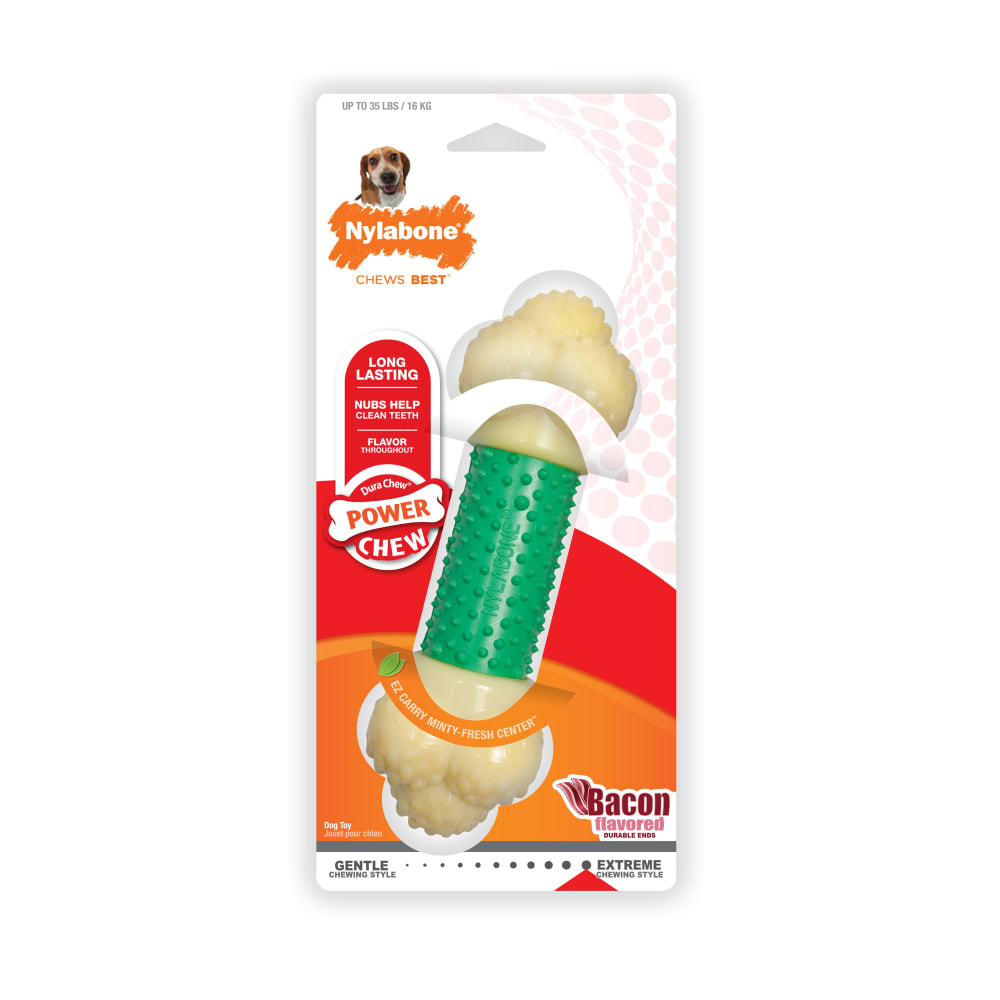How to Manage Excessive Licking in Dogs
Who hasn’t seen a dog licking themselves at one time or another? Although it is a relatively common occurrence, we can’t help but wonder: why do dogs lick?
Unlike cats, who lick to groom and clean their fur, dogs usually lick in response to something happening on or in their skin. A short-lived lick to the paw is normal, but if you’re looking to limit or even prevent excessive licking, you’ll need to understand what triggers the behavior in the first place!
Why Do Dogs Lick?
As dogs’ largest organ, the skin can be very sensitive to changes happening either within the body or outside of the body. For example, a food allergy or an insect bite could irritate the skin. In response, a dog may lick the area to calm the skin or reduce itchiness. If they find relief from licking, the dog may form a habit of doing so over time. In turn, excessive licking in dogs becomes a way to soothe themselves.
On the other hand, many types of dog breeds were historically bred for active jobs—working for or with humans in some way. Retrievers, herding dogs, and terriers were bred to have the stamina to work long hours during the day. Most of our dogs, whether purebred or mixed breed, are no longer required to be so active. In fact, it’s not uncommon for dogs to spend their days sleeping or waiting for their pet parents to return from long workdays. To relieve their boredom, licking a paw or leg may pass the time.
Without intervention, some dogs can lick so much that they develop “hot spots” or lick granulomas, which are spots on the skin that become highly irritated, infected, or hardened because of continued licking. Rather than letting things get to that point, it is best to address excessive licking in dogs right away.
Why Is Your Dog Constantly Licking?
If your dog develops a fixation on licking their paws or another body part, it’s a good idea to take them to the veterinarian. Changes in food, weather, seasons, medications, shampoos, or infrequent (or too frequent) bathing could all result in excessive licking in dogs. Poor joint health can also cause a dog to lick the affected area.
Questions to consider for excessive licking in dogs include:
- Have you changed your dog’s food lately?
- Has the food manufacturer changed any ingredients?
- Is the food still within its expiration date?
- Has your dog eaten something unusual in the past couple of days?
- Is it pollen or mold season in your geographic region?
- Did your furry friend’s coat dry naturally after a dog swimming session or after being in dirty water?
- Is your pet at an age when arthritis might be affecting them?
- Is there a household change, like a new pet, new baby, or departing family member, that might be contributing to your dog’s stress?
If your veterinarian rules out any medical issue, it may be a dog behavioral issue. Consider whether your dog has enough opportunities for entertainment.
RELATED: The Best Types of Toys for Bored Dogs
How to Stop Your Dog from Excessively Licking
In order to secure a well-balanced lifestyle, dogs need to participate in a variety of activities. As a Dog Behavior Consultant, it is important to make sure clients understand the four areas of essential exercise that are required for all dogs, which can help prevent boredom. These activities could even help ease behaviors beyond constant licking, such as your dog chasing their tail, digging, or destructive chewing.
#1: Physical Activity
All dogs, even seniors, need regular physical activity. Walks, games like tug or fetch, and specific exercises like running or swimming release endorphins, which makes dogs feel good!
#2: Chewing
Chewing is a separate type of exercise for our canine companions. Dogs have amazing teeth, and many breeds have very well-developed jaws. Giving them an appropriate outlet for chewing is a good stress reliever—it’s a boredom buster, too! A dog without enough “legal” opportunities to chew may damage household possessions when they feel the urge to exercise their jaws. Edible chew treats and long-lasting chew toys can meet this need—and save your furniture.

#3: Mental Stimulation
Dogs must have mental stimulation as well. Since they won’t be doing crossword puzzles on their own accord, pet parents should take note of what kind of problem-solving activities they enjoy. Encouraging your dog to hunt or work for their food allows for an increase in brain activity and helps relieve boredom, which makes for a happier dog. Additionally, certain play toys are designed for a more enriching and interactive experience.
#4: Use the Nose!
Lastly, let’s consider a dog’s nose. A large portion of a dog’s brain is designated for their olfactory system, also known as the sense of smell. Smelling is as primary to a dog as sight is to most humans. So, if we are not allowing our dogs to put that amazing apparatus to work, we are missing a wonderful opportunity to entertain!
Rather than asking your dog to move at your pace on every walk or run, passing by all the wonderful smells in the world, allow them some “sniff time.” If you are walking past an area where lots of smells are generated, take a moment to let your pup exercise that incredible nose. Allowing your dog opportunities to sniff on a regular basis may reduce stress and make them an even better companion.
See the Signs
It is important to monitor whether your dog is licking for many reasons. Above all, excessive licking may result in an open wound which can worsen over time if not treated. Plus, a bored or unhappy pet can make you unhappy. Following our tips for how to stop your dog from excessively licking can improve their wellbeing and strengthen your relationship!
Contributions by Janet Velenovsky, CPDT-KA, CDBC, ACCBC, KPA CTP, a Certified Professional Dog Trainer, Certified Dog Behavior Consultant, Associate Certified Cat Behavior Consultant, and a Certified Training Partner from the Karen Pryor Academy. She led the Training & Behavior Education Department for Premier Pet Products and is the Chair of the Working Animals division of the International Association of Animal Behavior Consultants. Janet and Kaizen, her first Golden Retriever, visited Katrina-ravaged Louisiana in December 2005 as members of Hope Animal-Assisted Crisis Response (www.hopeaacr.org). She now makes therapy visits with Teddy, Piper, Oscar, and Keiko, all registered with Therapy Dogs, Inc.
FOLLOW US!





